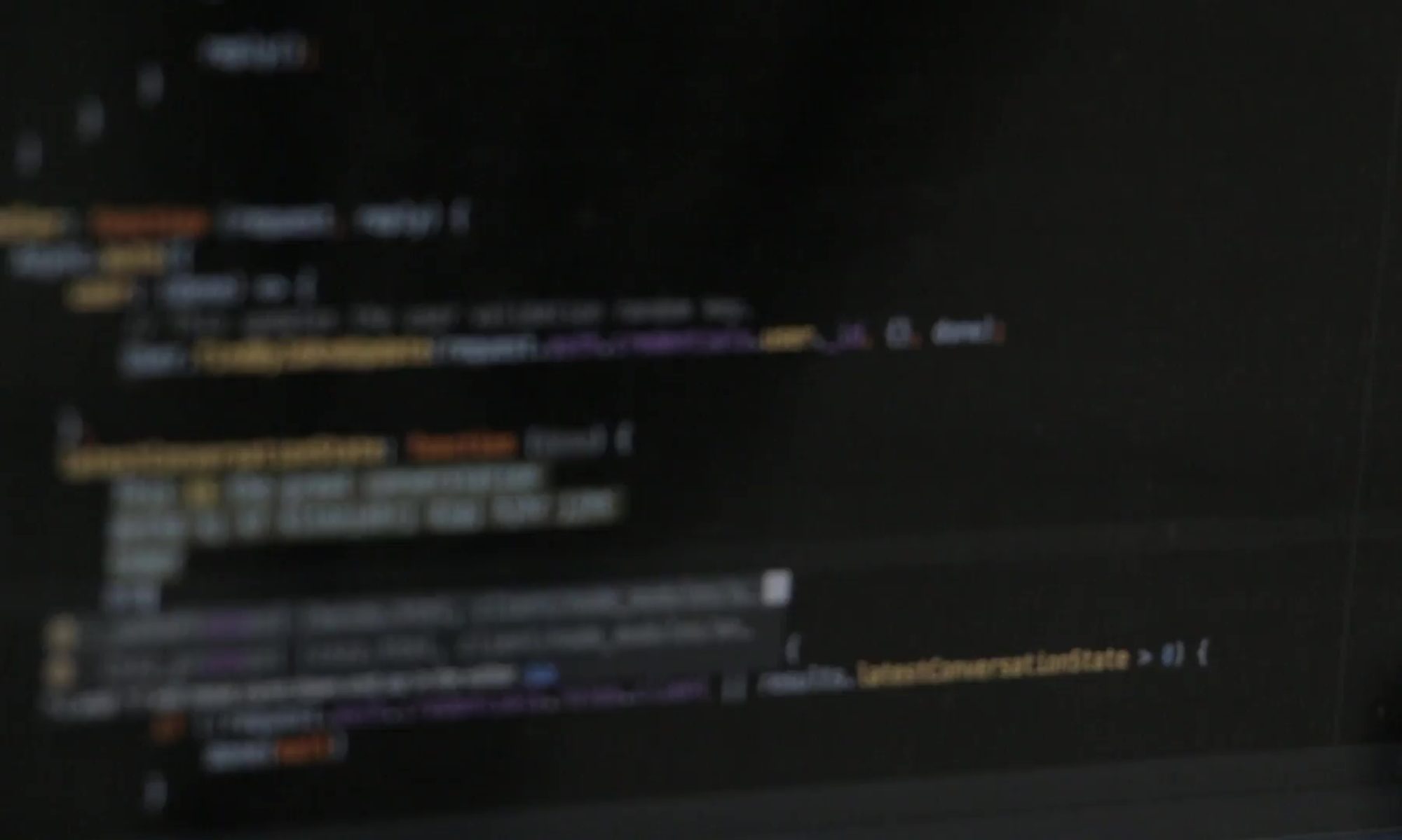Andrew Trice wrote; I am asked all the time “How do I get started developing PhoneGap applications?”. My normal answer is to advise people to check out the PhoneGap Getting Started Guides, which provide a great starting point for every platform. However after further thought, I’m not sure this is always what people are asking. Rather than “how do I get started?”, I think people are often looking for insight into the workflow for developing PhoneGap applications. Everything from tools to developer flow, to getting the app on devices. The Getting Started Guides are essential for setting up the initial project structure, but once you get that setup, you might be wondering “what do I do next?”. In this post, I’ll try to shed some light on the workflow and tools that I use when developing PhoneGap applications.
via ANDREW TRICE.


